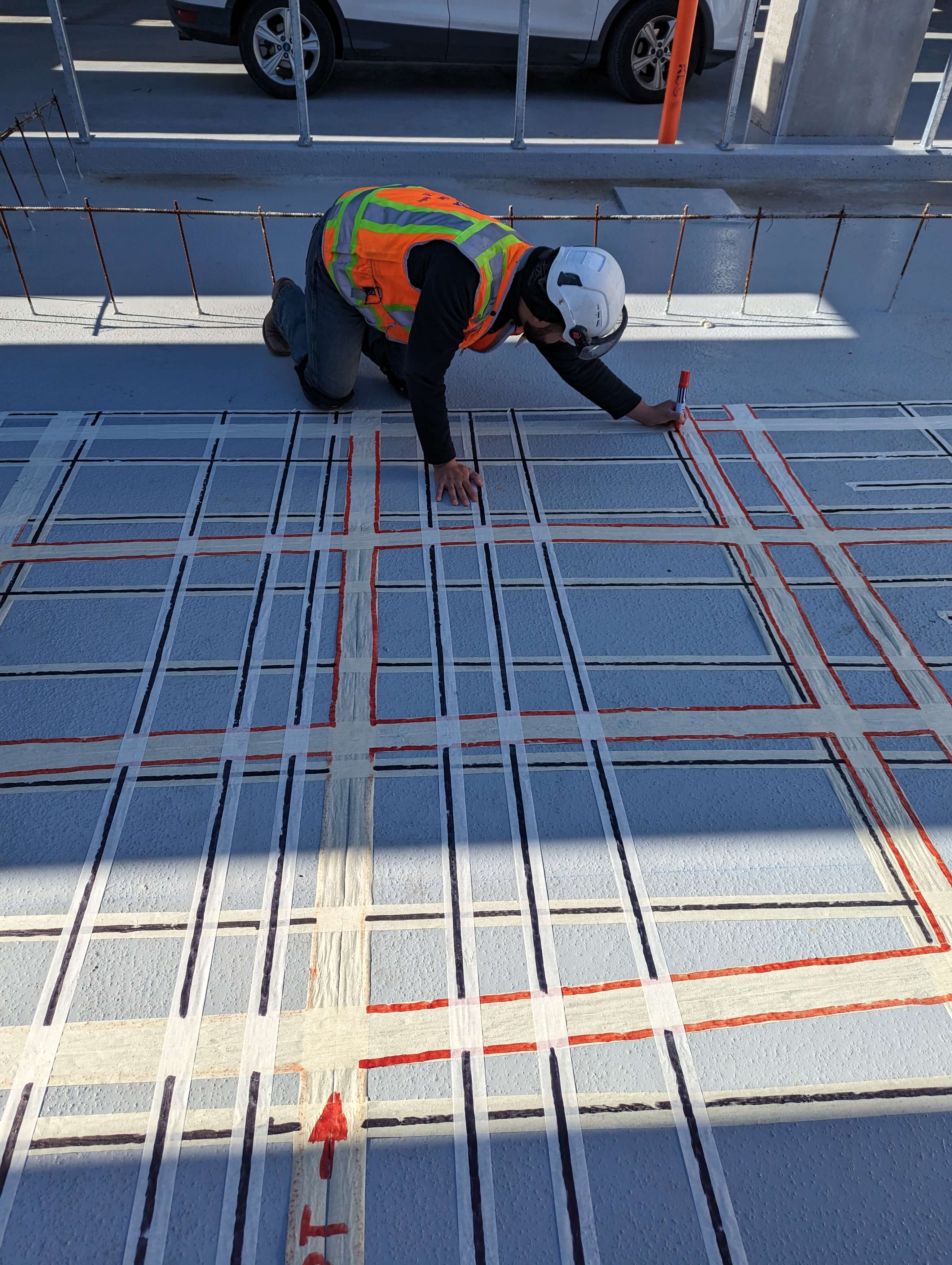Advanced Concrete Scanning Techniques: Making Sure Structural Stability
Advanced Concrete Scanning Techniques: Making Sure Structural Stability
Blog Article
Introduce the Transformative Power of Concrete Scanning in Maximizing Effectiveness and Safety
Concrete scanning has actually emerged as a critical tool in the building market, providing unrivaled advantages in improving task efficiency and ensuring security requirements. The transformative power of concrete scanning lies in its ability to offer real-time data and comprehensive insights, reinventing just how tasks are prepared and carried out.
Importance of Concrete Scanning
Making sure the structural stability and safety and security of construction tasks begins with the essential action of conducting detailed concrete scanning. Concrete scanning is a non-destructive method used to find and map subsurface aspects within concrete frameworks.
The significance of concrete scanning can not be overemphasized, as it plays an important role in stopping accidents, lessening task delays, and making sure the lasting sturdiness of the construction. By identifying prospective threats before the building and construction stage begins, building contractors can carry out ideal precaution and make educated decisions relating to the design and execution of the job. Additionally, concrete scanning helps in enhancing job timelines and budget plan by preventing unanticipated prices and delays that might emerge because of unpredicted obstructions within the concrete. Ultimately, purchasing complete concrete scanning is a positive technique that boosts both performance and safety and security in construction projects.
Exactly How Concrete Scanning Works
Concrete scanning operates as an important device in building and construction jobs by employing innovative technologies to detect and map subsurface aspects without creating architectural damages. Ground Passing Through Radar (GPR) and Electromagnetic Induction (EMI) are 2 primary approaches made use of in concrete scanning.
Throughout the scanning procedure, the data accumulated is evaluated in real-time, permitting immediate identification of prospective dangers or barriers under the surface. This info aids in decision-making, making certain that construction activities continue safely and efficiently. Additionally, 3D imaging software application can be made use of to create thorough maps of the subsurface elements, even more boosting project preparation and execution. By employing these advanced innovations, concrete scanning dramatically lowers the risk of pricey problems and injuries on construction sites.
Advantages of Concrete Scanning
One of the main benefits of concrete scanning is the capability to discover and situate embedded items such as rebar, post-tension cables, and channels accurately. Concrete scanning helps in preparation and creating more successfully, as it offers precise details regarding the area and depth of structural parts.

Instance Researches: Concrete Scanning Success

In an additional case, a building firm utilized 3D concrete scanning to evaluate the problem old concrete structures in a historical structure. The detailed scans offered useful understandings into the extent of degeneration and aided focus on maintenance efforts successfully. By proactively addressing areas of issue recognized through scanning, the business had the ability to expand the lifespan of the structure and guarantee passenger security.
These study underscore the transformative power of concrete scanning in enhancing efficiency, precision, and safety in construction jobs.
Carrying Out Concrete Scanning in Projects
Carrying out sophisticated scanning technologies throughout building jobs has ended up being significantly important for improving precision and safety and security. By incorporating concrete scanning right into job preparation and implementation, building and construction groups can determine prospective risks, such as rebar or post-tension cords, concealed within concrete frameworks. This positive method minimizes the more risk of accidents, delays, and costly rework, ultimately bring about extra reliable job timelines and spending plans.
To implement concrete scanning properly, job managers should work together carefully with skilled scanning professionals to determine one of the most appropriate scanning techniques for the specific task demands. Engaging scanning specialists from the very early stages of a project enables the group to create comprehensive scanning strategies that deal with vital locations of worry and make sure complete data collection.
Moreover, including concrete scanning right into regular project workflows can enhance Concrete Scanning decision-making processes, as real-time scan data gives instant understandings into the problem of concrete structures - Concrete Scanning. This data-driven strategy assists in informed analytical and enables teams to make changes quickly, cultivating a culture of performance and safety throughout the job lifecycle

Conclusion
In verdict, concrete scanning plays an essential function in boosting performance and safety in building projects. By utilizing sophisticated modern technology to discover and map out underlying frameworks within concrete, this process helps to stop costly blunders, make certain structural stability, and decrease risks on site. With the ability to uncover covert aspects and give exact information, concrete scanning proves to be an important tool for enhancing project results and taking full advantage of general success.
Concrete scanning is a non-destructive technique utilized to find and map subsurface aspects within concrete structures. Furthermore, concrete scanning assists in enhancing project timelines and budget by staying clear of unanticipated prices and hold-ups that might occur due to unanticipated blockages within the concrete. One noteworthy case research entails a large improvement job where concrete scanning played a critical duty in making sure project success.In one more instance, a building and construction business utilized 3D concrete scanning to assess the problem of maturing concrete structures in a historic structure. By incorporating concrete scanning into project planning and execution, building and construction teams can identify possible dangers, such as rebar or post-tension cable televisions, hidden within concrete frameworks.
Report this page